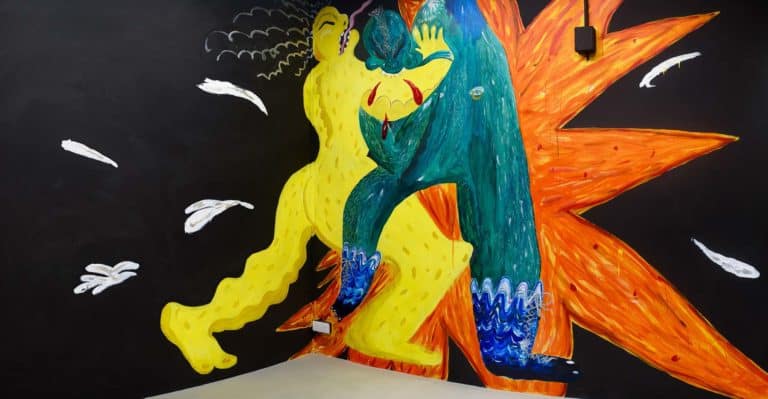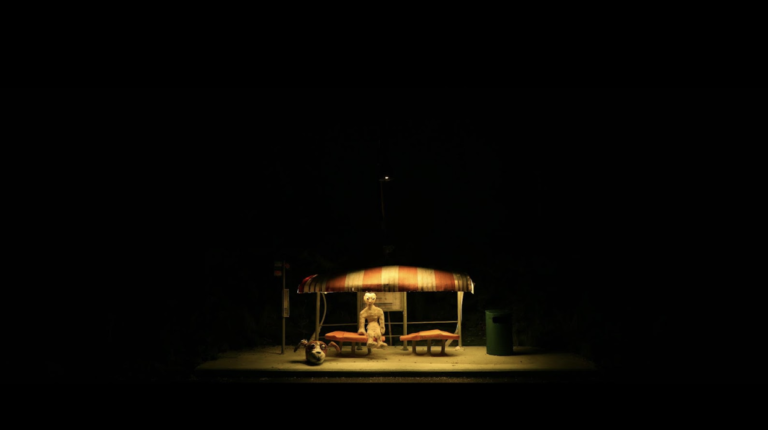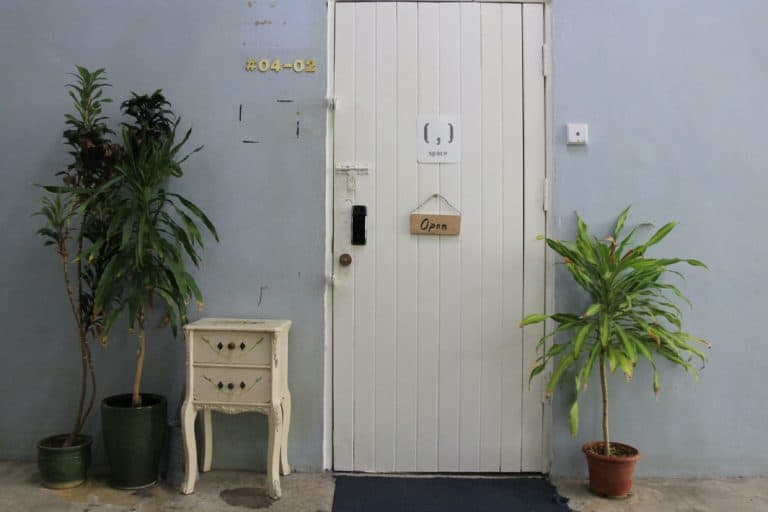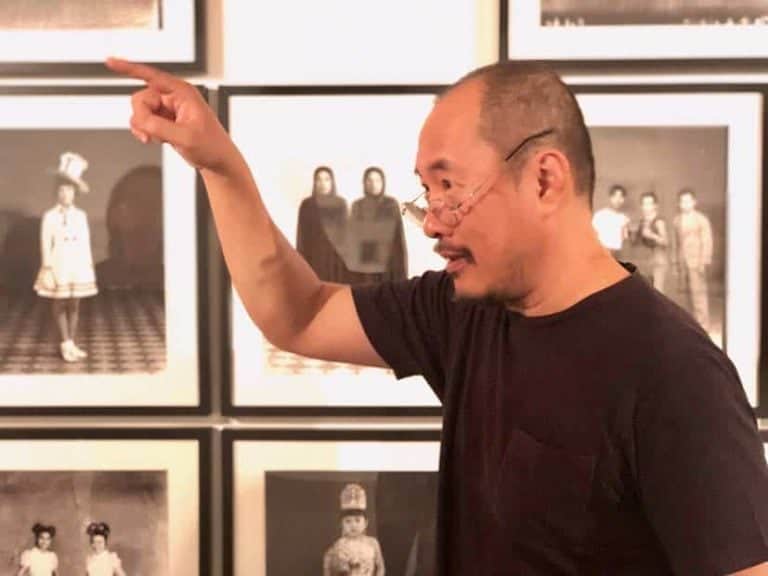A conversation between curator Anca Rujoiu and artists Cheong Kah Kit & Guo-Liang Tan, co-founders of the experimental platform, Peninsular, in May and June 2020
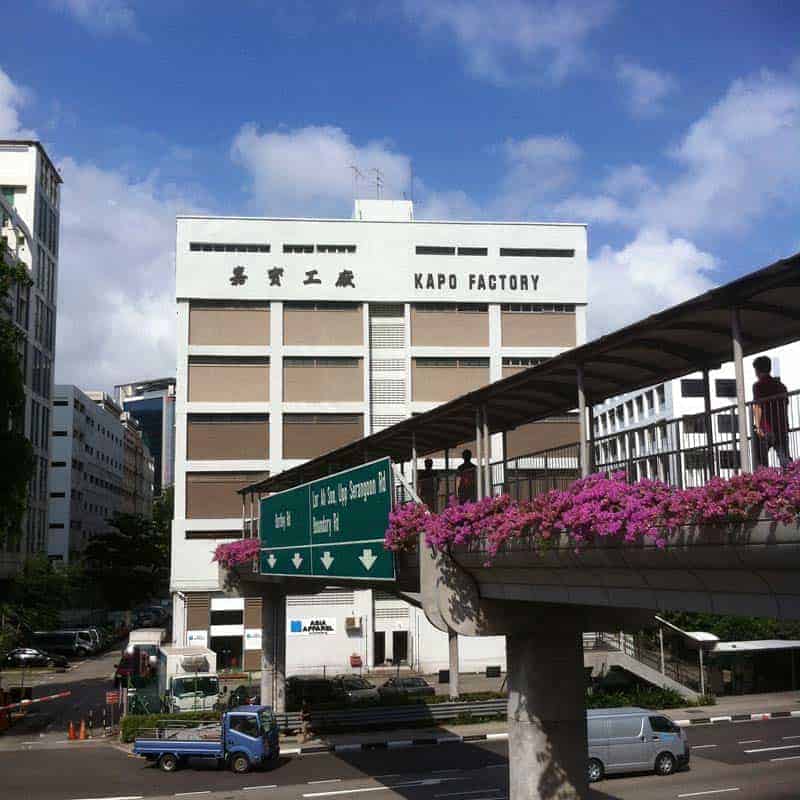
Part I
Anca Rujoiu (AR): At the beginning of March this year, I received this text message from Kah Kit: “All good things must come to an end. Our last show at Peninsular. Come come.” Sadly I didn’t manage to reach. I expressed apologies and surprise that four years had passed since the first show opened at Peninsular. When it comes to Peninsular’s existence, how did you experience this passage of time?
Cheong Kah Kit (KK): Yes, it’s been four years since we started this project space in 2016. Time flies. We conceived Peninsular as an in-between space: a functioning studio where we work, and a project space where artists present projects. We experienced the growth of this space on two levels. Firstly, with the artists we worked with. We were privileged to witness the processes and development of each artistic project we hosted. Each project began with a substantial amount of conversation and studio visits. Thoughts crystallised into artistic ideas, and poetic gestures shaping content and form into works of art.
We founded Peninsular at a time when other artists-run spaces emerged on the local art scene, such as soft/WALL/studs, 1961 and Pinch Ceramics Studio. Each space developed its voice, articulating the needs of different sections of the arts community. It was an exciting period of artistic exchanges and growth in the local arts ecology.
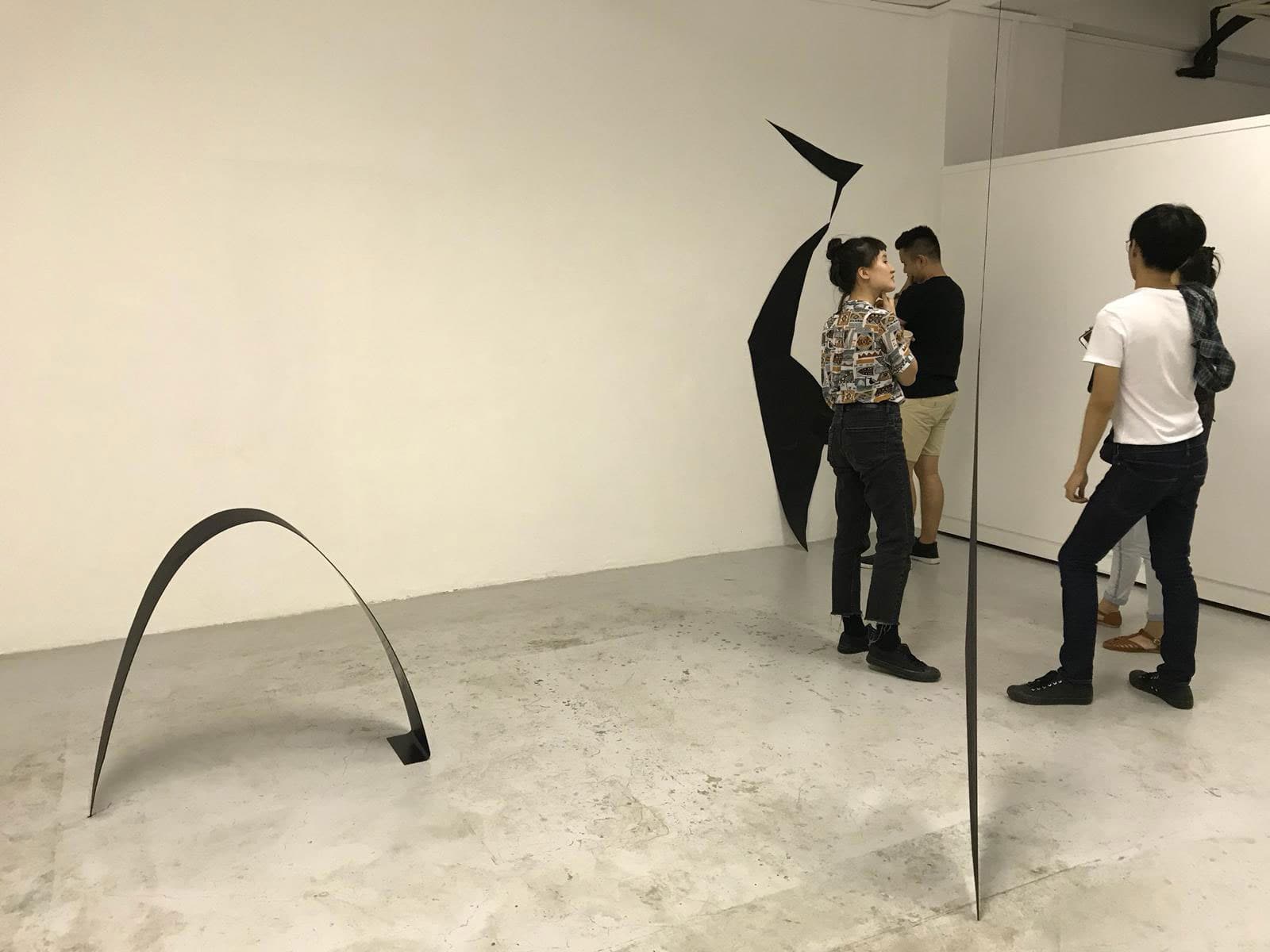
Guo-Liang Tan (GL): I think there was a general feeling on the ground at the time that a lot of art production and activities were shaped by the National Arts Council as well as institutions such as the NTU Centre of Contemporary Art. In addition, there were also a lot of commercial activities from the opening of the gallery district in Gillman Barracks. All of which contributed to the fast development of the art scene but also created a desire for artists to come together to form smaller communities and create spaces for independent thought. This is not new, of course. We’ve always had these waves of artist-run spaces in Singapore that have come and gone over the years.[1] Now, there’s a whole new generation of spaces run by younger artists like Coda Culture and Supernormal. It feels like the right time to pause and reflect.
AR: Each booklet you produced ends with a precise description of Peninsular: what it does and how it does it. “Peninsular is committed to hosting intimate dialogues between objects and viewers as it seeks to unfold and rethink modes of meaning-making and artistic subjectivity. [..] “ Could you recollect a moment during Peninsular’s activity when this vision felt very palpable, very real?
GL: We had numerous conversations about the kind of space we wanted Peninsular to be, what it should do and most importantly, the kind of artists and works we wanted to host. I say “host” because that’s how we saw ourselves. Beyond inviting the artists to inhabit the space and witnessing their creative process, we didn’t want to have too heavy a hand in the final outcome. We were more interested in what our guests can potentially bring to the table.
Many of the artists we initially shortlisted had a close engagement with the art object. By “object” I mean the physical presence and presentation of the work, even if the work is digital or seemingly conceptual and immaterial. That is important to us because we feel that there is a lot of discourse around art that is very theoretically-centred at the moment. There isn’t a space to develop conversations about looking and forming a personal language with art that isn’t around research and information. What does it mean to think through artworks and talk to them, rather than at them? For one, I am suspicious of wanting “meaning” or knowledge out of art in an instrumentalised way. If there’s any kind of meaning to be had out of art, it should emerge organically and socially.

AR: Why is the practice of looking overlooked and why does it lag behind theory?
GL: Much of our global contemporary art is what Peter Osbourne describes as “postconceptual”, which lends itself easily to theoretical discourse. Engaging with this form of language can help us understand art’s production, exchange and circulation, but that’s only one of the many ways in which we can talk and write about art. Personally, I also value the kind of art writing that is informed by observation and experience. That takes time and it requires one to go beyond the cognitive and to make full use of our senses, as well as our sensibilities. If you consider how art is taught in schools and the way art institutions frame their activities, there’s a lot more emphasis on theoretical language because it legitimises the value and meaning of art more readily. Looking at art, on the other hand, is a slow process.
AR: How is your role of a host here at Peninsular different from other instances in which you worked as curators? I am thinking, for example, of your recent collaboration with Selene Yap and Cheng Jia Yun for State of Motion?
KK: As Guo-Liang said, we don’t want to have a heavy imprint on the final outcome. The invited artists should have full autonomy from the start until the end. For us, it is always about engaging with the sensibilities of the artists. We have a clear working process with all artists: our only form of engagement are conversations, which are very specific. They revolve around the artists’ practices and personal interests. We are interested to know what the artists do and why. The entire development of the presentation involving the selection of artworks and final installation is left to the artist and their collaborator. We offer the space, logistical support and modest financial resources. At the end of the presentation, we also do a small publication for the artists, documenting the works with text contribution by their collaborators.
State of Motion was a different exercise all together. Every single decision was deliberate and conscientious. Starting from the theme of the exhibition, the choice of venues, the specific artists and artworks we wanted, the placement of artworks, down to the final position of lightings in the spaces – we discussed and debated them all. One of my biggest challenges for State of Motion was managing the encounters and experiences of both artworks and spaces. How do we bring the artists’ works into spaces in a considered manner that allows the works to sustain and assert its visual and conceptual clarity? Maintaining the integrity of the artworks is always important to us.

AR: In what other ways you tried to maintain the integrity of artworks and the autonomy of artists at Peninsular?
GL: The two of us co-fund and run the space together. We are not answerable to anyone other than ourselves and the immediate people we work with. Essentially, we are free to set the working parameters and to break them if the situation calls for it. This allows us a certain freedom to make decisions that would otherwise be difficult. Of course, this is not the case for all independent art spaces, especially for those that are bound by either heavier internal structure or external conditions.
People are curious about how we come up with the lineup of artists because we do not have an open call for proposals. Our selection process is decidedly opaque and serendipitous. We keep a lookout for interesting practices that are not quite visible or are somewhat difficult to articulate in the context of the local art scene and public. Another of our guidelines is that the invited artists cannot have had solo presentations in the past year. These are very internal logic to the space that comes out of what we value. They are admittedly subjective, but we are very open about that. On the flip side, we were very careful not to rely on pre-existing alliances or to create a space that will demand a strong sense of identification. Each invited artist, writer and curator brought to the space different kinds of audience.
AR: I see a correspondence between the nature of the space, an artist studio, and the works exhibited. With one or two exceptions, the works you hosted, as Guo-Liang acknowledged had a physicality that claimed the virtues of studio space in artistic production.
KK: We both value the idea of a studio practice. That’s what drew us to some of the artists we work with. Most of the exhibited works possess strong physical presence, articulated in a clear material language. These works also reflect the conditions of artistic production and labour, highlighting very disciplined, studio practices.

In preparation for each presentation, we had the privilege of visiting some artists in their studios. Each artist has a personalised approach to studio practice. It can be highly ritualised and eclectic, embedded in unique sets of gestures and routines. Within this structured, closed studio environment, artists enter long cycles of dialogues and experimentations. The quality and characteristic of some of the exhibited works reflect the personality of Peninsular, which most people know that its primary function and purpose is our studio space.
______________________
The full conversation will be available on Peninsular’s website by end of July. Please visit Peninsular here.
[1] Mayo Martin. Factory art? Singapore’s artists head for industrial buildings in the east. Channel News Asia, 25 Dec 2016.






